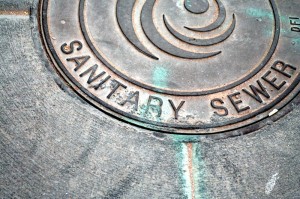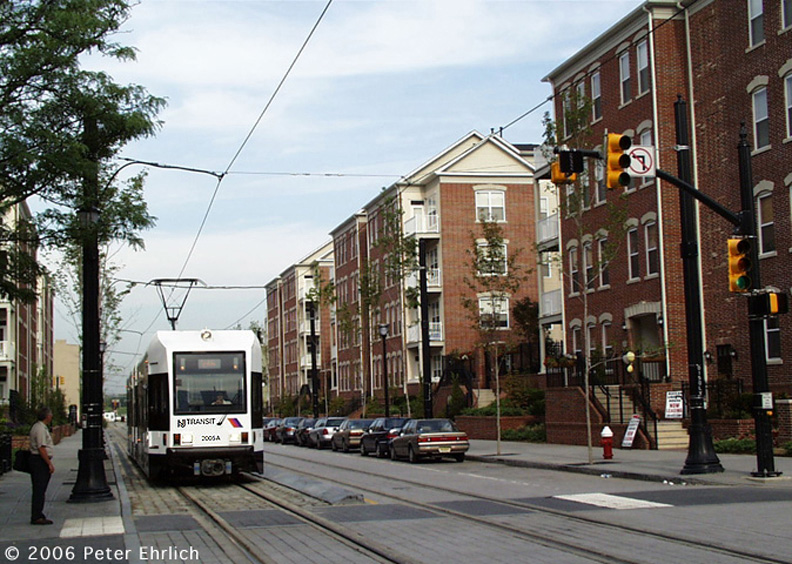New Jersey Future Blog
County Growth Plans Poised for Adoption
October 5th, 2011 by Chris Sturm

Source: Flickr
- In 2008, when the Department of Environmental Protection updated its water quality rule, most of the state had obsolete, and in some cases nonexistent, designations for where sewers were permitted.
- The situation is about to change. Ten counties (Atlantic, Bergen, Essex, Mercer, Middlesex, Monmouth, Gloucester, Morris, Somerset and Salem) have submitted or are expected to submit growth area plans to the DEP by the end of the year, designating where sewers are allowed. Hudson County’s plan was adopted in late 2008.
- Four counties (Ocean, Burlington, Hunterdon and Cape May) are expected to follow with submissions in 2012. Progress is less certain in the remaining six counties (Camden, Cumberland, Passaic, Sussex, Union and Warren).
Sewer Designations Can Jump-Start Economic Growth, Water Protections
Extension of sewer service areas is one of the most important factors in determining where development will happen next: Where new sewer lines go, development follows. And, since water quality is directly linked to the intensity and types of nearby land uses and the ability to treat the wastewater generated by that development, controlling sewers is a key tool for ensuring clean water.
Before 2008, many decisions about where sewers could be located were made at the DEP on a case-by-case basis, as applications for amendments and revisions to Sewer Service Areas were approved or denied. These decisions took a long time, and produced a hodgepodge of de facto growth areas — a situation that wasn’t good for the environment or the economy.
In contrast, although far from perfect, New Jersey’s 2008 wastewater rule uses systematic protocols based on environmental conditions, the capacity of wastewater facilities and local planning objectives to delineate sewer locations.
County planners and DEP employees have labored intensively to implement the rule, supported in part by an investment of more than $4 million. Progress has been slowed by the need to verify environmental data, sometimes at landowners’ expense, and the complexity of the process. Controversy has been unavoidable, since the process can change property values. But in the counties nearing completion, two extremely useful outcomes are emerging:
- Mapped regions where compact growth can occur, and where developers not only are able to obtain wastewater capacity but also are likely to get other DEP permits; and
- Identification of “wastewater shortage” areas where investments in wastewater facilities are needed before more development can occur.
This framework enables state and local planners to be strategic in identifying and preparing locations for private investment, as well as to prioritize land preservation and natural resource protection.
A simple legal change is needed, however, before the new Sewer Service Areas can be adopted formally. In addition to requiring updates to Sewer Service Areas, the rule also requires comprehensive protections on the remaining lands, or so called “septic areas,” that may involve downzoning. In many counties, this latter step will require more time. But in its “all or nothing” approach, the existing rule requires everything to be done before Sewer Service Areas can be adopted legally.
The rule could be amended either by DEP or the Legislature, allowing the process to be phased for counties that are ready to update Sewer Service Areas before completing the requirements in septic areas. (To prevent water pollution in septic areas in the interim, any proposed development projects in these areas could be made subject to a DEP review.) This phased approach offers New Jersey the best of both worlds: facilitating growth in appropriate areas while continuing to keep our water clean.

















Would like to see this taken a step further and have existing water/sewer lines replaced. That would provide water districts a way of saving a lot of money on water loss and provide jobs as well.
Agreed that upgrading the crumbling water/sewer infrastructure would help cities advance redevelopment and be good for the environment. The Star Ledger articles on Combined Sewer Overflows last week highlighted this issue. Figuring out how to pay for these upgrades will be a challenge, though. What do you recommend?
Since the discussion is about monies for extending the lines for future development, perhaps dividing this money is some way so that maintenance/replacement can be part of a continuum.